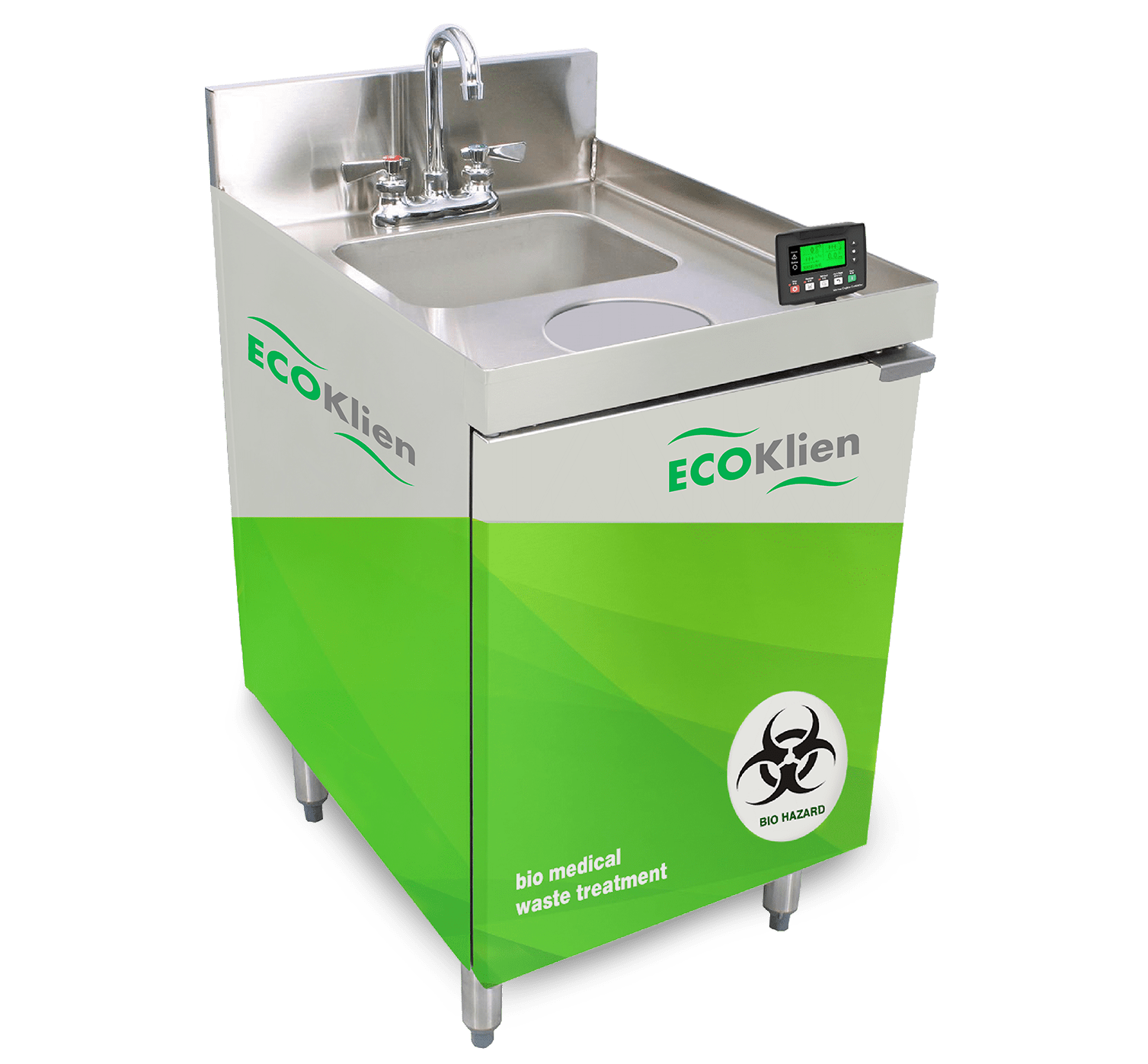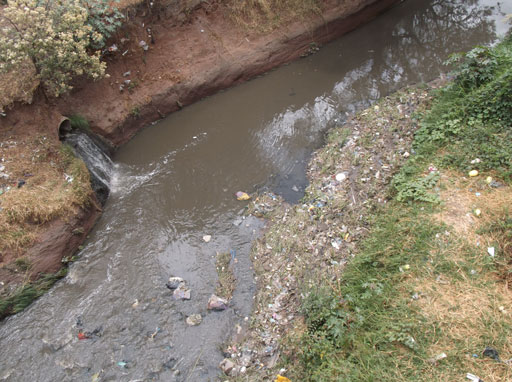Comprehensive Liquid Waste Disposal: Solutions for Homes and Organizations
Comprehensive Liquid Waste Disposal: Solutions for Homes and Organizations
Blog Article
Just How Liquid Waste Disposal Works: A Comprehensive Summary of Techniques and Technologies Used

Introduction of Fluid Waste Types
The intricacy of fluid waste types necessitates an extensive understanding of their qualities and ramifications for disposal. Liquid waste can broadly be categorized into numerous kinds, consisting of industrial, local, agricultural, and dangerous waste. Each category exhibits distinctive residential or commercial properties, requiring specific management approaches to minimize ecological and health and wellness dangers.
Industrial fluid waste originates from producing procedures and typically consists of a series of contaminants, such as hefty metals, solvents, and natural substances. Community fluid waste, mostly making up wastewater from households and business facilities, contains natural matter, nutrients, and virus (industrial wastewater treatment). Agricultural fluid waste, consisting of overflow from farms, might contain plant foods, pesticides, and animal waste, posturing threats to water quality and ecosystems
Unsafe liquid waste is defined by its poisoning, reactivity, or potential to trigger damage. Understanding these diverse fluid waste kinds is crucial for establishing reliable disposal methods and making sure conformity with ecological regulations.
Physical Treatment Methods

Testing is the first action, where larger bits and debris are removed from the fluid waste making use of displays or grates. This process shields downstream tools from damages and guarantees smoother operation. Following screening, sedimentation utilizes gravitational pressure to different solids from liquids. In sedimentation tanks, larger particles settle near the bottom, creating a sludge layer, while the cleared up liquid can be further dealt with.
Filtering is one more vital method that entails passing the liquid via permeable materials, such as sand or membrane layers, to catch smaller bits. This action improves the quality of the liquid, making it suitable for succeeding treatment procedures.

Chemical Therapy Strategies
Chemical treatment methods are important for properly handling fluid waste, specifically in dealing with liquified and colloidal contaminants that physical approaches may not effectively remove. These techniques use numerous chemical agents to reduce the effects of, speed up, or transform unsafe compounds right into much less hazardous kinds.
One common technique is coagulation and flocculation, where chemicals such as alum or ferric chloride are added to promote the gathering of put on hold particles. This process improves sedimentation, enabling much easier elimination of the resulting sludge. Additionally, oxidation procedures, using agents like chlorine or ozone, are employed to break down intricate natural substances and pathogens, making the waste more secure for discharge or Get the facts additional therapy.
Neutralization is one more essential technique, which adjusts the pH of acidic or alkaline waste streams to neutral levels, protecting against potential harm to downstream systems and the atmosphere. Moreover, progressed oxidation procedures (AOPs) make use of combinations of oxidants and ultraviolet light to deteriorate consistent toxins, attaining a greater degree of treatment effectiveness.
Biological Treatment Processes
Biological treatment processes play a critical duty in the monitoring of fluid waste by making use of microbes to decompose raw material and reduce contaminant degrees. These procedures can be generally classified right into anaerobic and cardiovascular treatments, each utilizing particular microbial communities to accomplish efficient waste deterioration.
Aerobic treatment entails making discover this use of oxygen to promote the failure of natural products by germs. This process is typically implemented in turned on sludge systems, where aeration containers supply a favorable environment for microbial development, bring about the oxidation of natural contaminants. The resultant biomass can be separated from dealt with effluent with sedimentation.
On the other hand, anaerobic therapy happens in the absence of oxygen, depending on various germs to damage down natural matter. This method is especially useful for high-strength waste, as it creates biogas, a sustainable power resource, while lowering sludge production. Technologies such as anaerobic digesters are regularly utilized in community and commercial applications.
Both aerobic and anaerobic biological therapies not just minimize the ecological impact of fluid waste but likewise facilitate source healing, making them important parts of sustainable waste monitoring techniques. Their adaptability, effectiveness, and effectiveness support their extensive execution across various markets.
Emerging Technologies in Disposal
Ingenious strategies to fluid waste disposal are rapidly progressing, driven by advancements in innovation and an increasing emphasis on sustainability. Among these arising modern technologies, membrane layer bioreactors (MBRs) have actually obtained grip for their ability to combine biological treatment with membrane filtering, causing top quality effluent that can be reused in different applications. MBRs allow smaller sized impacts and extra efficient operations compared to traditional systems.
Another promising development is making use of anaerobic food digestion integrated with nutrient healing innovations, which not just treats liquid waste but also generates biogas and recovers valuable nutrients like nitrogen and phosphorus. This dual advantage boosts site here resource efficiency and reduces ecological influence.
Furthermore, advanced oxidation processes (AOPs) are being embraced for the degradation of complex natural toxins. These techniques use powerful oxidants and stimulants to damage down impurities at the molecular degree, providing an extremely reliable remedy for difficult waste streams.
Moreover, the assimilation of expert system and artificial intelligence in waste management systems is optimizing operational efficiency and anticipating maintenance, leading to decreased costs and enhanced environmental conformity. These modern technologies reflect a substantial shift towards even more effective and lasting liquid garbage disposal methods.
Conclusion
In verdict, effective liquid waste disposal requires a comprehensive understanding of numerous strategies and technologies. By constantly progressing these techniques, it comes to be feasible to address the growing difficulties connected with fluid waste, inevitably adding to environmental security and source healing.
Fluid waste disposal is a crucial element of ecological monitoring, requiring an extensive understanding of different methods and innovations customized to different waste kinds. Fluid waste can generally be classified right into a number of kinds, consisting of commercial, metropolitan, farming, and unsafe waste. Agricultural fluid waste, consisting of drainage from ranches, might have plant foods, chemicals, and animal waste, presenting dangers to water high quality and ecosystems.
Various physical therapy approaches play an important duty in handling liquid waste successfully - industrial wastewater treatment.In final thought, effective liquid waste disposal necessitates a thorough understanding of numerous strategies and modern technologies
Report this page